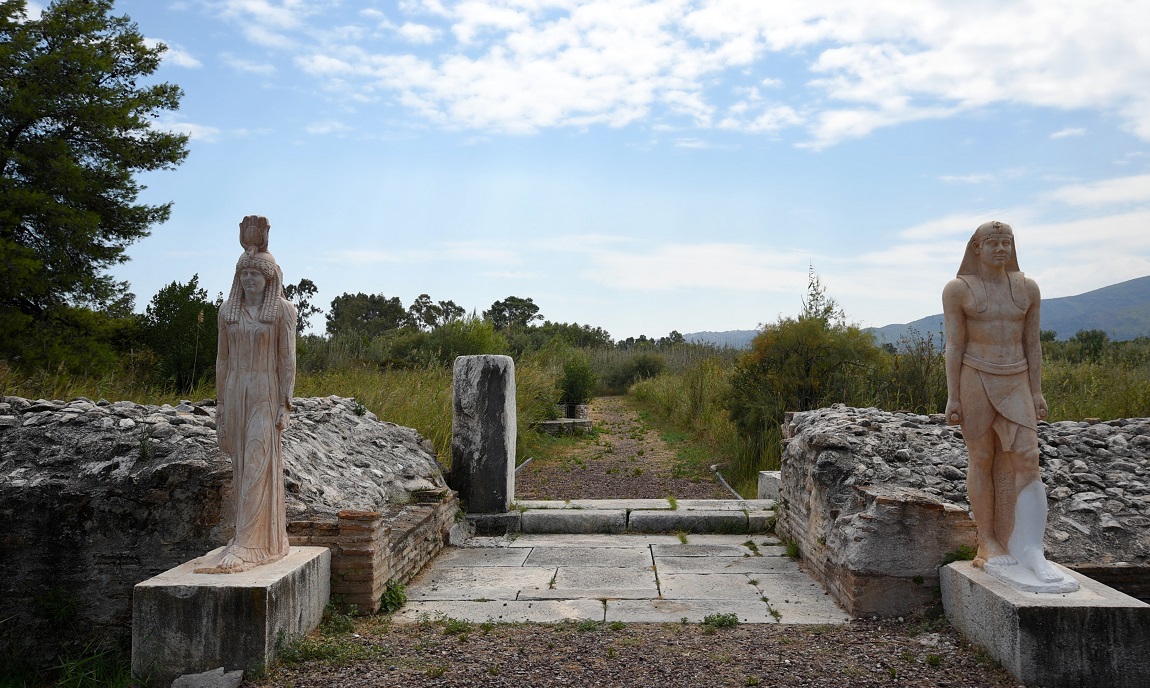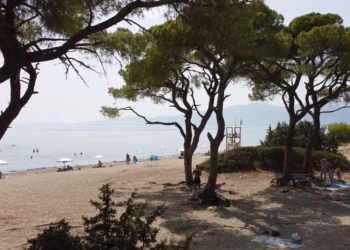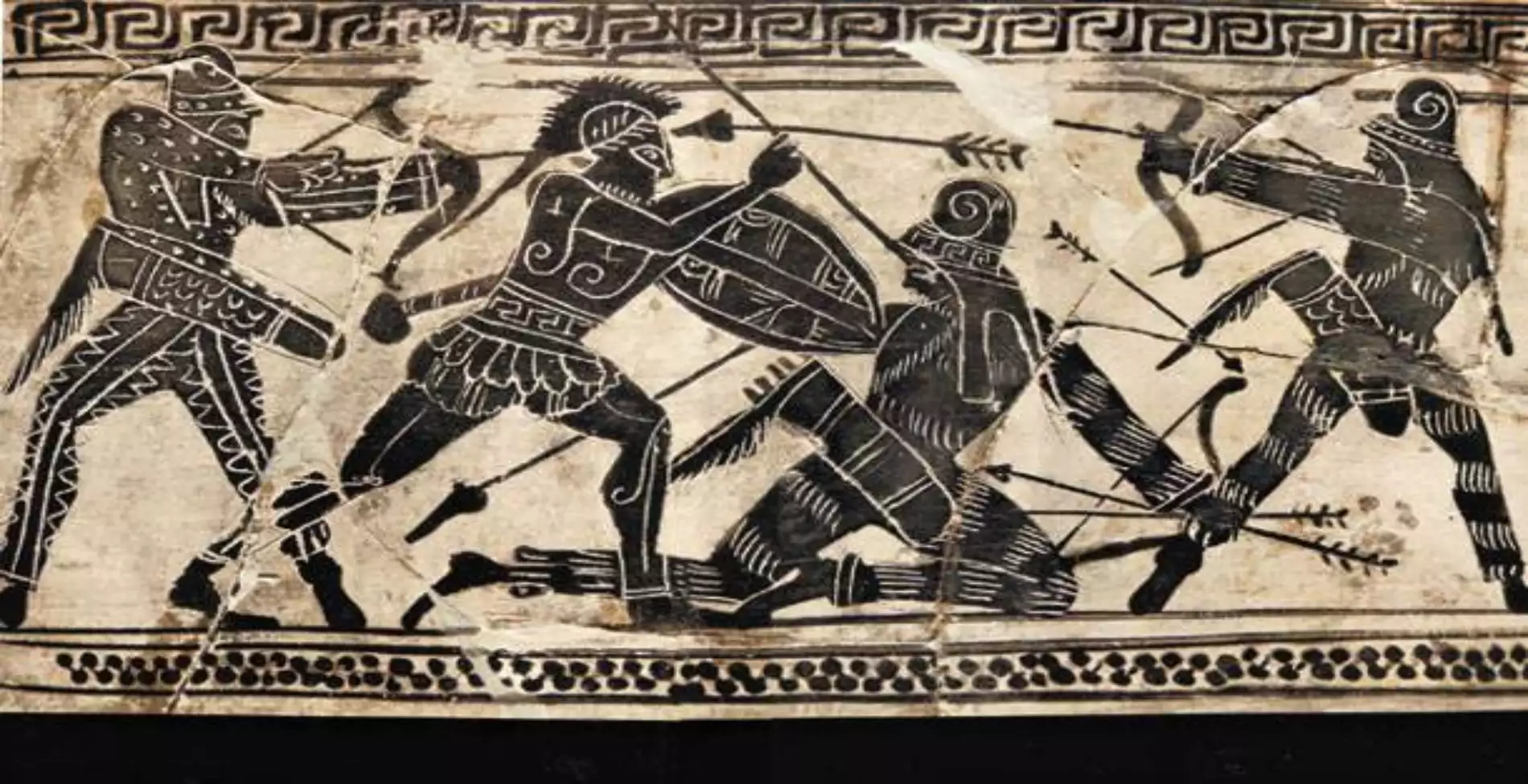No matter how much you explore Attica, you will always discover places and attractions that you do not know. You may have even passed by them but you have not stopped and you do not know their existence. This certainly happens with a special archaeological site in Attica. We are talking about the sanctuary of the Egyptian gods which is 40 minutes away from the center of Athens. In a location that is an ideal
Antiparos – The Greek island that was given as a dowry
The sanctuary of the Egyptian gods is located 40 minutes from Athens
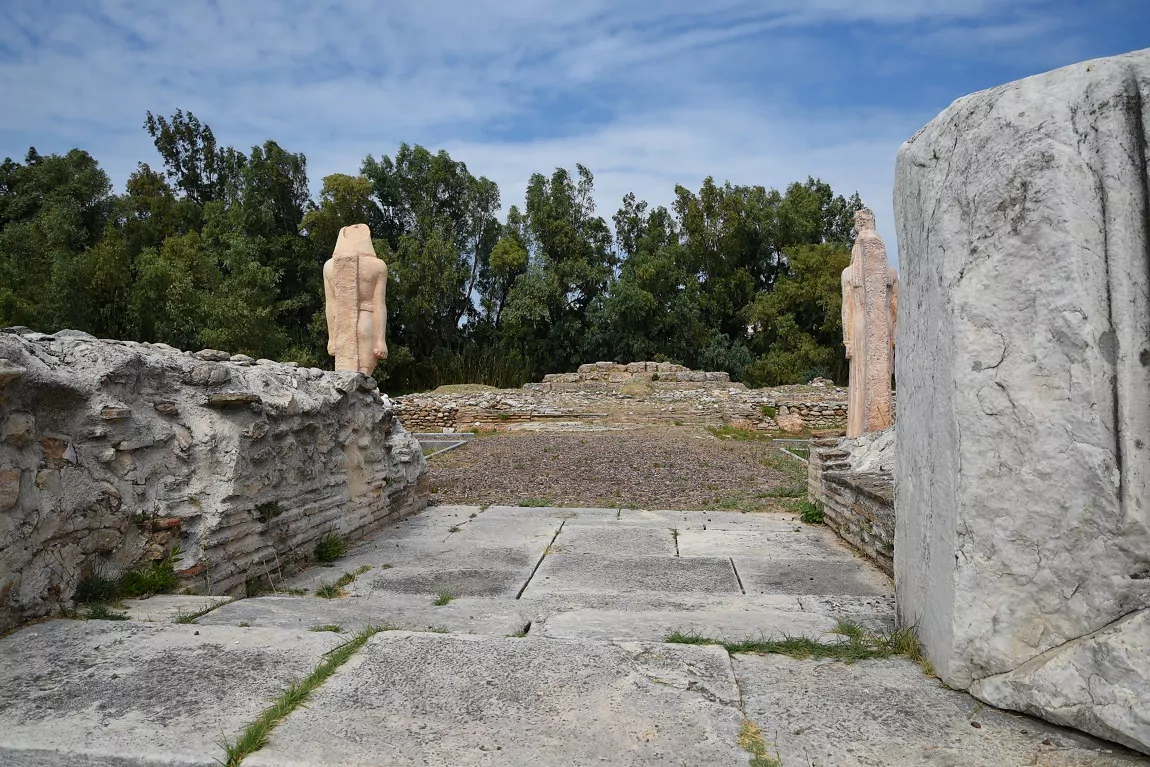
Why was this spot chosen? It is said that Herod chose Marathon for the foundation of the sanctuary because it was his place of origin and residence. It is likely that the sanctuary complex once stood within the boundaries of the estate he owned in the area.
Marathon is mentioned in many writings of antiquity, according to mythology. Marathon is also connected to the ancient city of Ramnous.
What will you see today in the area where the Sanctuary of the Egyptian gods is?
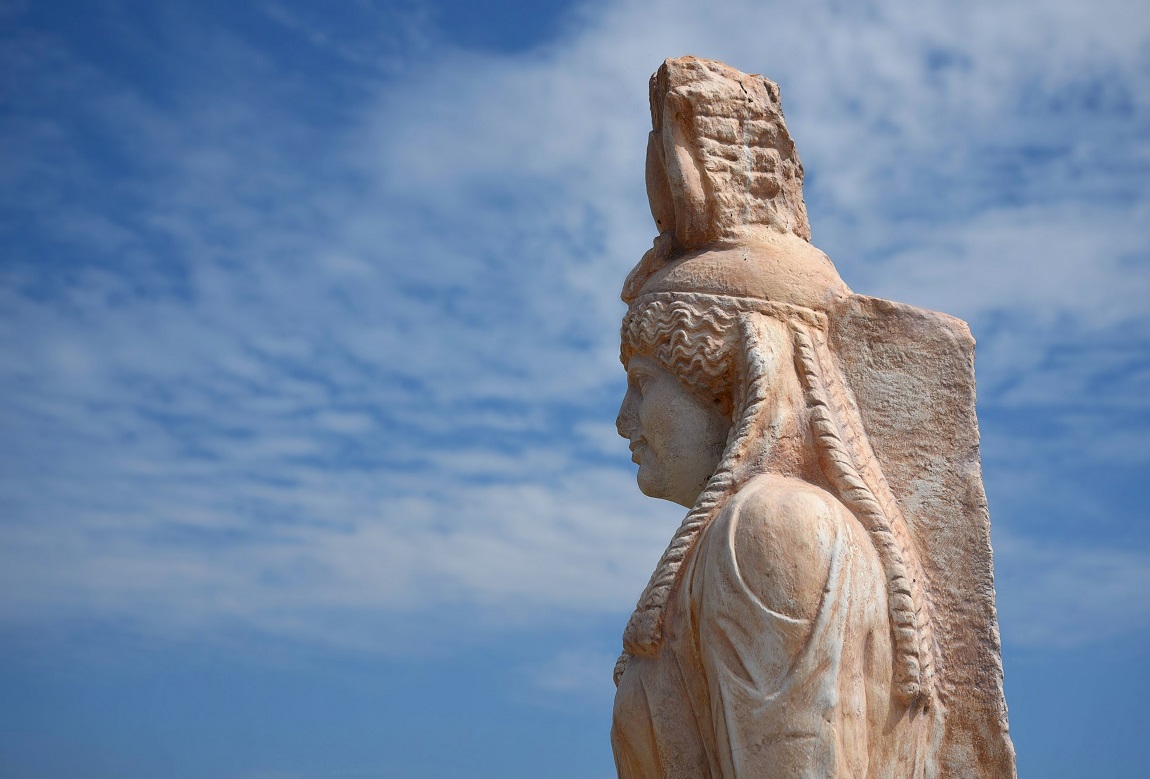
If we could go back in time and be there, we would see that the sanctuary was built on an artificial islet in the Small Marsh. It is no coincidence that in the past years, it was called Island. We have an image from then in a 1792 drawing by the French consul in Athens, Louis S. Fauvel who depicts ancient ruins on an islet in Elos.
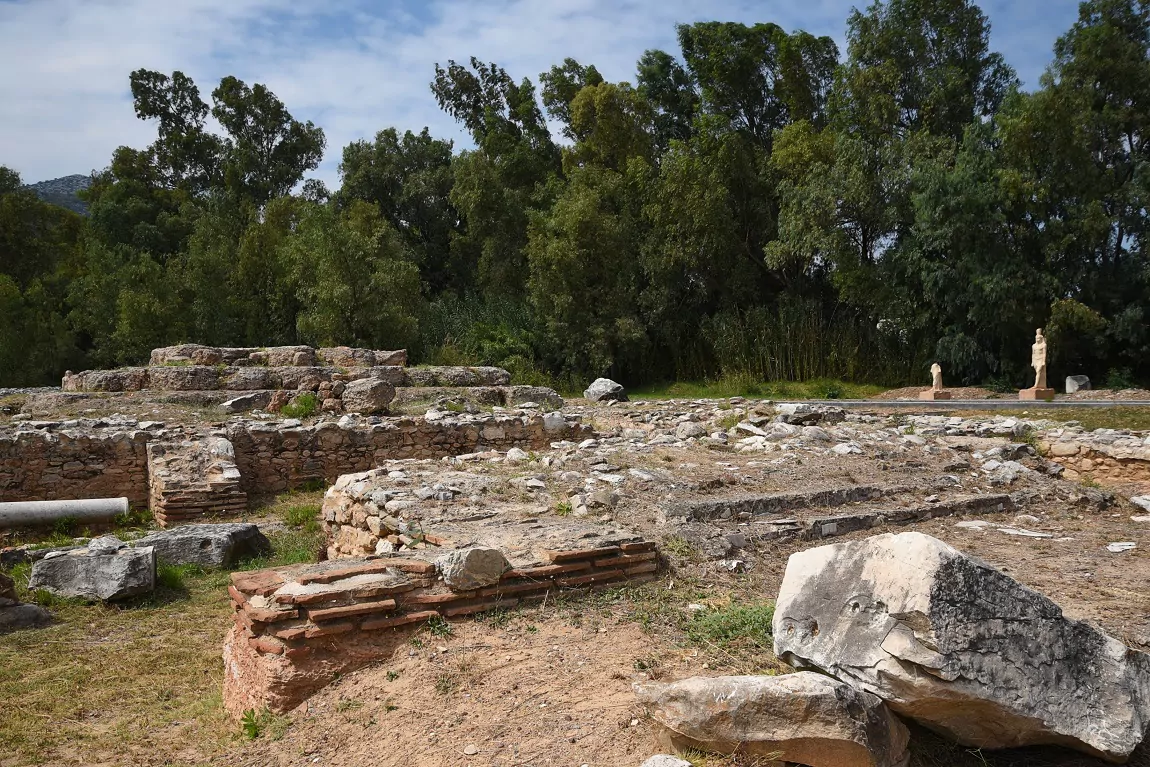
After you finish your walk, you can also swim on the beach of Marathon.
Travel to Greece – Google News – Follow us
The legend of the 365 churches in the unknown castle town of Aegina island
Mitata: The impressive ancient mountain lodgings in Crete
Attica: Marathon Beach, the guaranteed value for autumn dives


